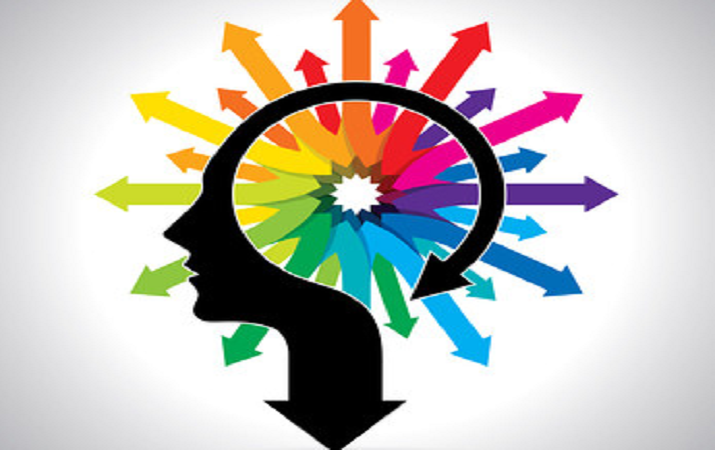The backbone of human civilization, education has always been held at utmost priority. Since ancient days, the procedure of teaching and learning has been through numerous reforms and adaptations to ensure maximum engulfment of knowledge. However, as every individual is unique with a different set of abilities to grasp knowledge, there are many different ways of learning which can enhance the flow of knowledge. Apart from giving lectures in the classroom, teachers are interested to implement initiative learning techniques that will benefit each and every student of the class. Determined on the individuality and the ability of the students to grasp maximum knowledge, these learning techniques ascertain proper learning by each and every individual.
The different types of learning techniques which can be addressed and implemented in classrooms are:
1. Visual Learning: Also known as ‘spatial learning’, visual learning is learning through diagrams, charts, maps, and info-graphics. Believed to be most suited for right-brained learners, students good at visual learning are preferably good at deciphering visual data such as graphs and maps. These students academically perform better in subjects like geometry meanwhile struggling in arithmetic and numbers. Implementing digital tools and technology to present the visual format of numbers and facts, replacing important words with colorful blocks, and highlighting important points will encourage the visual learners to process the information much faster.
2. Verbal Learning: Verbal or Linguistic learning is the implementation of word games, rhymes, and tongue-twisters in classroom education. Students, who are comfortable in learning verbally, are fluent in processing information through different languages and excel in subjects like literature, drama, speech classes, and writing. Enlisting the important words or phrases and constantly repeating them in the classroom can help these students learn effectively.
3. Learning through Logical Reasoning: Mathematics and logical reasoning has been an important aspect of our education. Learning through logical reasoning will help the students to classify and group the available information and think linearly. Through the logical reasoning learning technique, students are encouraged to learn key concepts of the subject rather than just memorizing it. Encouraging the students with a different outlook of the subject, logical reasoning learning style ensures maximum learning through, statistics, mind games, computer games, brainteasers, and puzzles.
4. Social Learning: Also known as interpersonal learning, this learning technique involves teaching and learning social interaction and communication. Teaching in groups to a bunch of students by making sure the proper exchange of information, social learning can be very much helpful in dealing with communication problems efficiently. Students who tend to learn more effectively through interpersonal learning styles are bestowed with talents to read and recognize facial and behavioral expressions. They generally enjoy working in a group seeking a cooperative learning environment.
5. Physical Learning: Otherwise known as Kinesthetic learning, is learning through body, hands, touch and other physical movements. Mostly athletic in nature, physical learners, tend to incorporate physical activities such as jogging, walking, and strolling to memorize certain things. Implementing physical activities, art projects, or little fun games, can help these students to learn better.
6. Intrapersonal Learning: An intrapersonal learner likes to study alone. Usually referred to as solitary learners, these students are particularly gifted in self-management and prefer to study alone in a lonely environment without any distractions or deviations. Teachers can assist these students even in a classroom full of other students by encouraging them to maintain a personal journal to track their learning advancements with each passing day.
7. Learning through Nature: Naturalistic learners seek outdoor activities or a soothing natural environment to study. They tend to remember and learn better in an open space exposed to nature, rather than the confined walls of a classroom. Understanding the ecosystem, plants, and animals, these students excel in subjects like geography, botany, and zoology. To guarantee maximum participation of naturalistic learners, teachers can take the class in an outdoor or eco-friendly environment and pick topics related to nature, people, and daily life.
Courtesy: HIGHER EDUCATION Review
Download uLektz Apps for Latest Educational News / Events / Scholarships
Follow us: #facebook #twitter #linkedin also enroll our skill course








